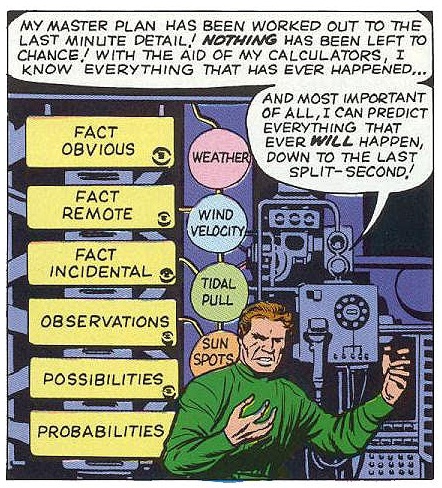Orlando Wood, MD BrainJuicer Labs, writes about an experiment in language analysis in partnership with Relative Insight.
One of the main barriers to the uptake of social insight has been that behind the attractive dashboards and metrics lurks a great deal of hard human work. People have been required to build dictionaries, update vocabulary lists, and check output. And that’s in addition to their analysing the output and turning it into useful insight.
One company that might be able to offer a solution to the analysis of large amounts of text data is Relative Insight. BrainJuicer Labs met up with them to understand how the software they’ve developed might help us to interrogate the language respondents use in large text datasets.

Relative Insight has its origins in software used to detect criminal intent in online posts. It can detect from a person’s use of language, for instance, whether they genuinely are a 10 year old girl, or in fact someone much older, pretending to be a 10 year old girl. It does this by comparing two bodies of text and looking for subtle differences in the use of words, grammar or themes. Without you realising, your language says a lot about you.
We wanted to see whether this approach could tell us anything about how different audiences respond to advertising and, indeed, whether it could help us to understand what makes great emotional advertising. We know there is a direct relationship between emotional response to advertising and its in-market efficiency, so we asked Relative Insight to analyse open-ended text responses detailing how people felt towards 150+ ads we had recently tested. The ads were part of our FeelMore50 testing – a body of creative work that has been awarded for its creativity or achieved viral success. Continue reading








